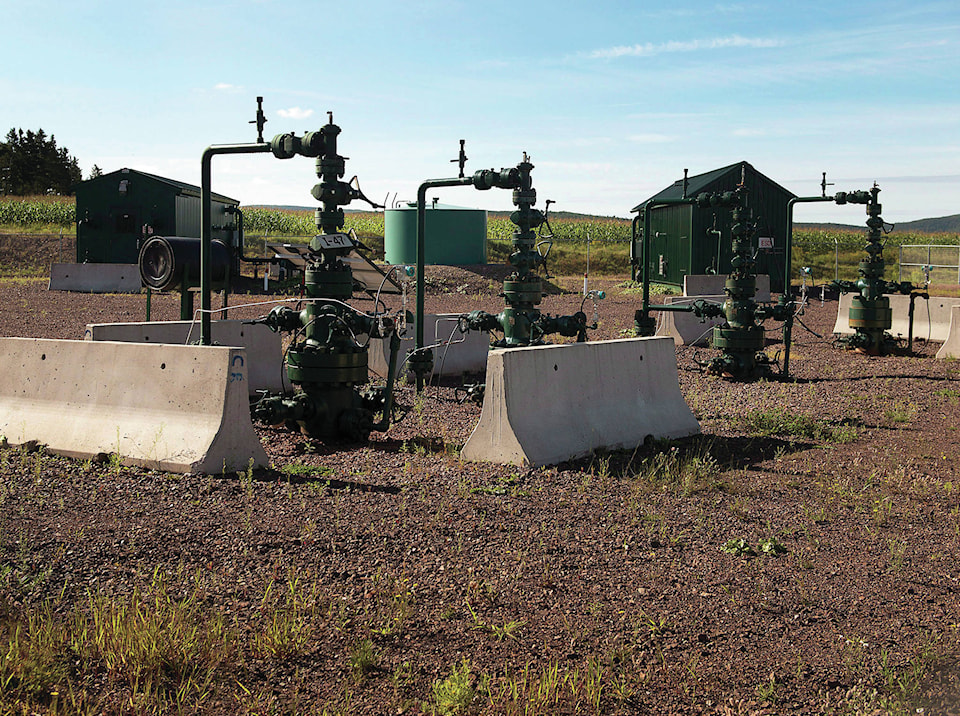CALGARY — Slower growth in domestic fossil fuel consumption is expected over the next 20 years as Canadians use more renewable energy and cut their energy use per capita, according to a new forecast from the Canada Energy Regulator.
But the CER report also predicts more growth in oil and gas production, which should serve as a “wakeup call” for the federal government if it intends to live up to its Paris global warming pledges, says Keith Stewart, senior energy strategist for Greenpeace Canada.
“We know current policies are insufficient,” he said on Tuesday, adding the report’s finding are bad news for the environment.
“We would blow straight through the Paris commitment and we would be wildly off track towards the government’s net-zero-by-2050 commitment.”
The Liberal government vowed in the recent federal election campaign to implement policies to take Canada to net zero carbon emissions by 2050. However, its plans are opposed by several provinces and the Liberals were unable to elect any members in Alberta or Saskatchewan, which are now predominantly represented by the Conservatives.
The estimate in the Canada’s Energy Future report, published Tuesday, is based on current policies. The Canada Energy Regulator said trends will be affected as as new and proposed measures become law.
Energy use is expected to increase by less than five per cent by 2040, while the population grows by 20 per cent, the the report estimates.
Non-emitting electricity generation in Canada is expected to rise to 83 per cent from 81 per cent by 2040, with wind and solar doubling to form nearly 10 per cent of Canada’s electricity mix.
The agency also forecasts steady oil and gas production growth but at a slower pace than previous reports by the National Energy Board, the agency the CER replaced.
It says oil output will grow by nearly 50 per cent to around seven million barrels per day by 2040, while gas increases by more than 30 per cent to over 20 billion cubic feet per day — with about 3.7 Bcf/d of that in the form of liquefied natural gas.
The forecast assumes three major proposed oil pipelines — Trans Mountain, Keystone XL and Line 3 — proceed as announced and, along with continued volumes of crude by rail, provide sufficient takeaway capacity for oil production growth.
Last June, the Canadian Association of Petroleum Producers projected Canadian crude production would increase to 5.86 million barrels per day by 2035, an increase of 1.27 million bpd from 2018.
CAPP also estimated overall capital investment would reach $37 billion this year, about half of the $81 billion spent in 2014.
Capital spending in the oilsands was set to decline for a fifth consecutive year to roughly $12 billion, approximately one-third of the investment seen in 2014.
